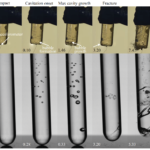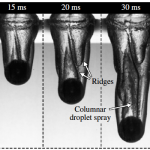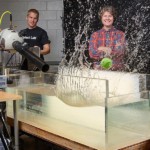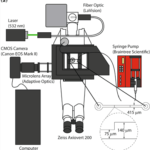Abstract:
After more than 20 years of development, PIV has become a standard non-invasive velocity field measurement technique [1], and promises to make PIV-based pressure calculations possible [2]. However, there are always uncertainties in PIV velocity fields, and these uncertainties will eventuality propagate through integration and contaminate the pressure field. Some researchers have noticed this issue, and several techniques have been developed to reduce these errors [3]. For example, one type of method averages many pressure calculations along different integral paths by taking advantage of the scalar property of the pressure field. Namely, the integrated pressure value at arbitrary locations in the flow field is independent of the integral path. Baur and Kongeter [4] directly integrated the simplified Navier-Stokes equations in an explicit scheme. They utilized time-resolved PIV data to determine the turbulent flow passing over a wall. At each nodal point, four integrals were calculated from neighboring nodes and averaged to formulate the pressure estimation. Liu and Katz [3] proposed an omni-directional integration scheme to solve the Poisson pressure equation from a virtual boundary outside the flow field. This method was validated by a synthetic flow and then applied to a cavity flow. Dabiri et al. [5] proposed an algorithm that used the median of the pressure calculated by integrating pressure gradient along eight paths as the estimation of local pressure at each nodal point in the field (Dirichlet boundary conditions were employed on the edges of the flow field). A temporal filter was utilized to reduce the uncertainties in the velocity field from the PIV. This approach was applied to the flow around free swimmers (e.g., jellyfish and lamprey) with impressive success. In a more recent paper, Charonko et al. [6] reviewed and evaluated different factors (e.g., resolution of PIV data, types of flow, and velocity field smoothing functions) of the calculation scheme used in PIV-based pressure acquisition. The authors report that the Poisson solvers are sensitive to aforementioned factors. Error can vary from less than 1% to more than 100% and the pressure calculation is highly dependent on the flow type, which implies that there is no universally optimized method for all flow types. One underlying piece of this puzzle still remains to be unraveled: the underlying mechanisms of noise accumulation from the PIV measurements to the pressure estimations.






Recent Comments